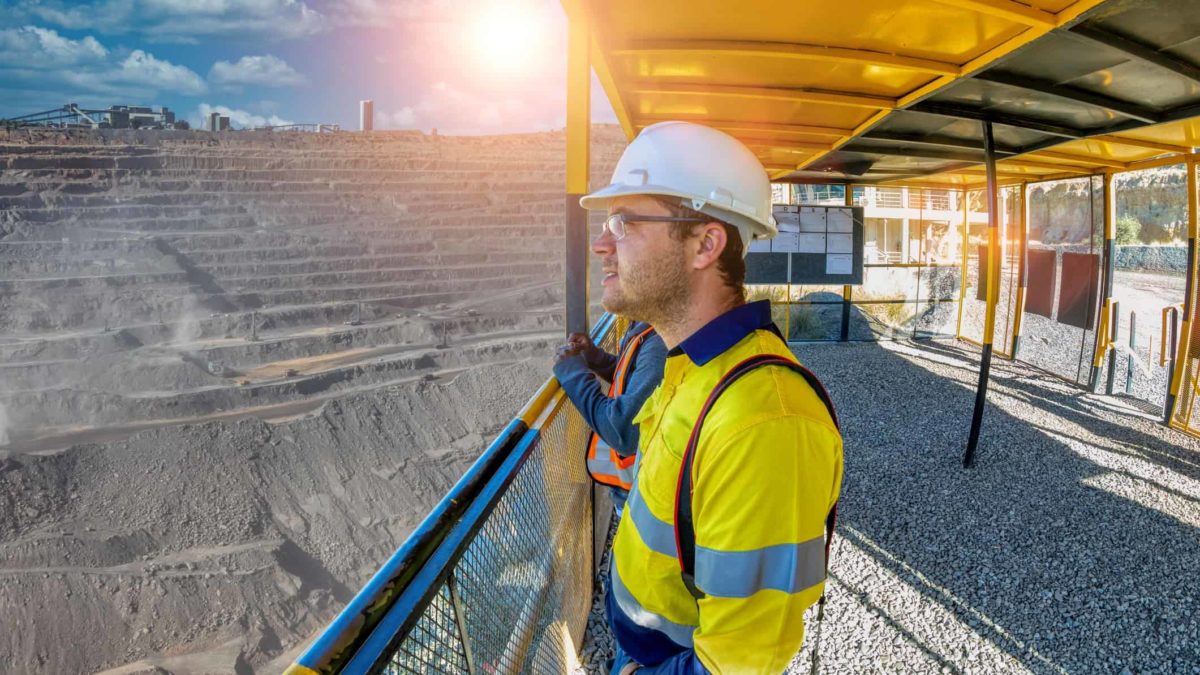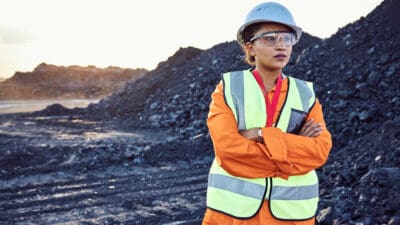The BHP Group Ltd (ASX: BHP) share price is the biggest influence on the S&P/ASX 200 Index (ASX: XJO) because of its very large market capitalisation. Certainly, its future performance will play an important part in what happens with the ASX 200.
The last 12 months — and, indeed, the past five years — have been a volatile period for the business.
Despite dropping below US$37 multiple times this year, the BHP share price has risen 17% this year to almost $47.
Over the past five years, the mining giant has seen a rise of more than 70%. So what could the next five years look like?
Current commodity portfolio
The company's commodity portfolio has shifted throughout the years. The divestment of South32 Ltd (ASX: S32) changed how the business was positioned. Also this year, BHP divested its petroleum business to Woodside Energy Group Ltd (ASX: WDS).
It currently has a portfolio of commodities with operational projects, as well as one that it's working on.
BHP's current production comes from iron ore, copper, metallurgical coal, energy coal, and nickel.
The company says that it's "actively managing its portfolio for long-term value creation through the cycle". It's looking to maximise value from iron ore and metallurgical coal (used to make steel).
BHP is increasing its exposure to 'future facing' commodities. Copper is needed for electrification, along with nickel.
The company is also working on a potash project called Jansen. This could be the biggest change for the business over the next five years and could influence the BHP share price.
Potash plans
BHP says that the Jansen project has the expansion potential to support up to a century of production. The project is based in Canada, which is described as a "stable mining jurisdiction".
For readers who don't know, potash is a type of fertiliser that is described as "low emission, biosphere friendly and positively leveraged to decarbonisation".
BHP thinks it will be attractive because there could be "reliable base demand leveraged by population growth and higher living standards".
The Jansen stage one project cost is US$5.7 billion, with this spending ramping up between FY22 to FY26.
The company pointed out that Jansen has "structural competitive advantages" as it uses more efficient, larger, and more automated equipment compared to competitors. Jansen could end up having an impressive profit margin profile.
Other commodities
Meantime, BHP is generating a lot of profit from iron ore. While it has virtually no control over the iron ore price, the company is working on scaling its operations and improving its infrastructure to uplift capacity. For example, its 'port debottlenecking project ' is expected to be completed in 2024 and this investment could support throughput of more than 300mt per annum.
The mining giant is also hoping to buy the OZ Minerals Limited (ASX: OZL) business at a price of $28.25 per share. While this was a premium of almost 50% to the last trading day prior to the BHP proposal, the deal is expected to add value.
Buying OZ Minerals would also increase exposure to copper and nickel, which are important for decarbonsation and electrification.
For BHP, there are "attractive synergies" with the creation of a large South Australian copper basin, with how close OZ Minerals' Carrapateena and Prominent Hill are to BHP's existing Olympic Dam asset and Oak Dam development resource. OZ Minerals also has substantial growth projects for copper and nickel.
Foolish takeaway
It's almost impossible to say what commodity prices or the BHP share price will be in five years. But, the company could have a much larger focus on non-iron resources which are focused on decarbonisation. Of particular interest in 2027 could be the prospects of Jansen's potash production.





